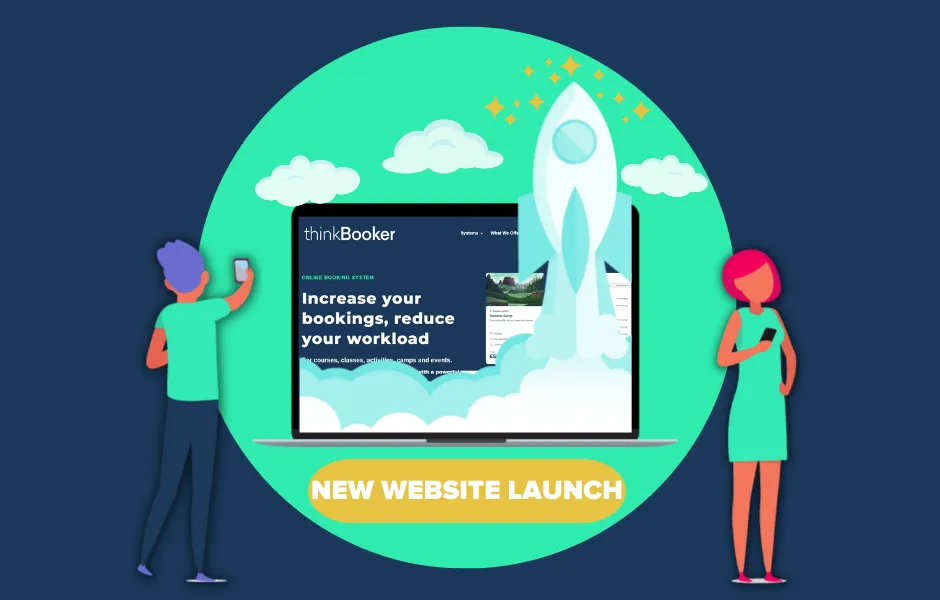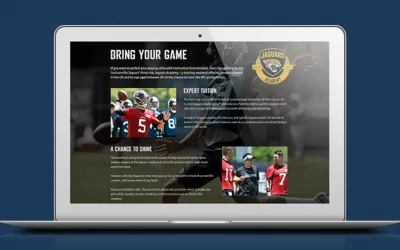Applying waiting lists to your courses means more opportunity for bookings
If you sell training courses or similar types of class and event, then it’s always good news when every place is sold. Mission accomplished, maximum sales, maximum revenue. Everyone’s a winner. But is that the end of the story? What if someone cancels? What about those who want to book with you, but have missed out? How are you gauging demand for future opportunities?
This is where the use of waiting lists when taking bookings for your training courses, classes and events can play an important role in maximising your sales, registrations and long-term client value.

Replacing cancelled bookings
Cancellations are just one of those things that you have to contend with when you’re taking bookings onto any kind of course or event.
Your terms and conditions can go some way to preventing random cancellations but they have little effect on those with legitimate reasons. If somebody has to cancel, then they’ll cancel – and that means an empty seat on the course that could be filled by someone else.
Applying a waiting list within your booking system allows those who’ve been unlucky enough miss out the chance to express their interest in booking should spaces become available. Which means that when you have a cancellation, you have a ready-made list of interested parties that you can contact directly, increasing the likelihood that the space will be re-booked.
Waiting lists in your booking system help you assess demand for a course
Selling all the places on a course clearly demonstrates that there’s a demand, but are you able to gauge just how much demand exists for it?
Analytics can help, of course, helping you to see how much traffic there’s been for a particular product, but there are limitations.
On a standard booking system, for instance, once a course is sold out it will disappear from searches, meaning fewer people being aware that it’s running. Plus, from a management perspective, you have no way of determining the number of people who are serious about wanting a place.
Letting them add to a waiting list provides you with further data on just how popular this particular course is, providing you with greater potential for additional revenue.
For instance:
- If you have 3 or 4 people on the waiting list and you know you’re able to increase capacity by that amount, you can contact them directly and add the bookings
- If you have an avalanche of names on the list, does it create a commercial reason to add a new course to capture those sales?
- The amount of demand recorded helps you tailor future product offerings towards those you know to be most popular with your client-base
Using waiting lists to create urgency and tap into FOMO
FOMO – the fear of missing out.
People who are searching for a particular course are inherently going to be drawn to courses that are deemed to be popular. Reviews, testimonials, word of mouth and other kinds of feedback will all help this popularity.
As does a fully booked programme.
Displaying ‘sold out’ in the search results of your booking system helps create the perception of popularity in your courses, tapping into that idea that your course is the one to be booked onto, and a sense of disappointment that there are no places left.
If you then add a waiting list, it’s telling your visitors that all hope is not lost. That it’s still possible that this most popular and essential of courses might yet yield a vacancy, and if you want a chance to claim a spot then you better join the list, just in case.
Improving personalisation to increase sales
Personalised marketing and client engagement is a proven way to yielding greater returns on your marketing and business development initiatives, helping increase revenue by up to 15%. And, a waiting list offers a perfect source for gathering laser-targeted data from clients who have already expressed a willingness to purchase.
While those on the waiting list may still miss out on the booking (if not enough places become available), it doesn’t mean that they have to miss out entirely.
You now have a pretty clear picture of what these clients are interested in booking, and a direct line of legitimate interest contact with them. This means you can target your messaging directly at their needs, alerting them to alternative dates for the course, or letting them know of related events that could be of interest to them.
Even if they can’t purchase right away, the waiting list is an entry point for meaningful engagement and the potential for a long-term relationship with these clients.
Conclusion
Adding a waiting list into your booking system and processes can play a commercially important part in the popularity of your courses, the growth of your revenue streams and the longevity of your relationship with clients.
They’re a source of commercial data and client insight, a tool to help you engage and to boost your sales and marketing success. And they’re a useful addition to the positive customer experience you want to portray to the world.
Of course, to effectively deploy a waiting list, you need to have a booking system that can help you manage them with ease and without being a burden on time, admin and manual resource.
At thinkBooker, we specialise in online booking systems for training courses, classes, activities and events – optimised for efficiency, growth and ongoing client satisfaction.
Browse the site to learn more about course booking systems, sports booking systems, event booking systems and more, or get in touch directly to find out how we can help you.



